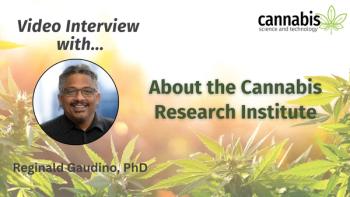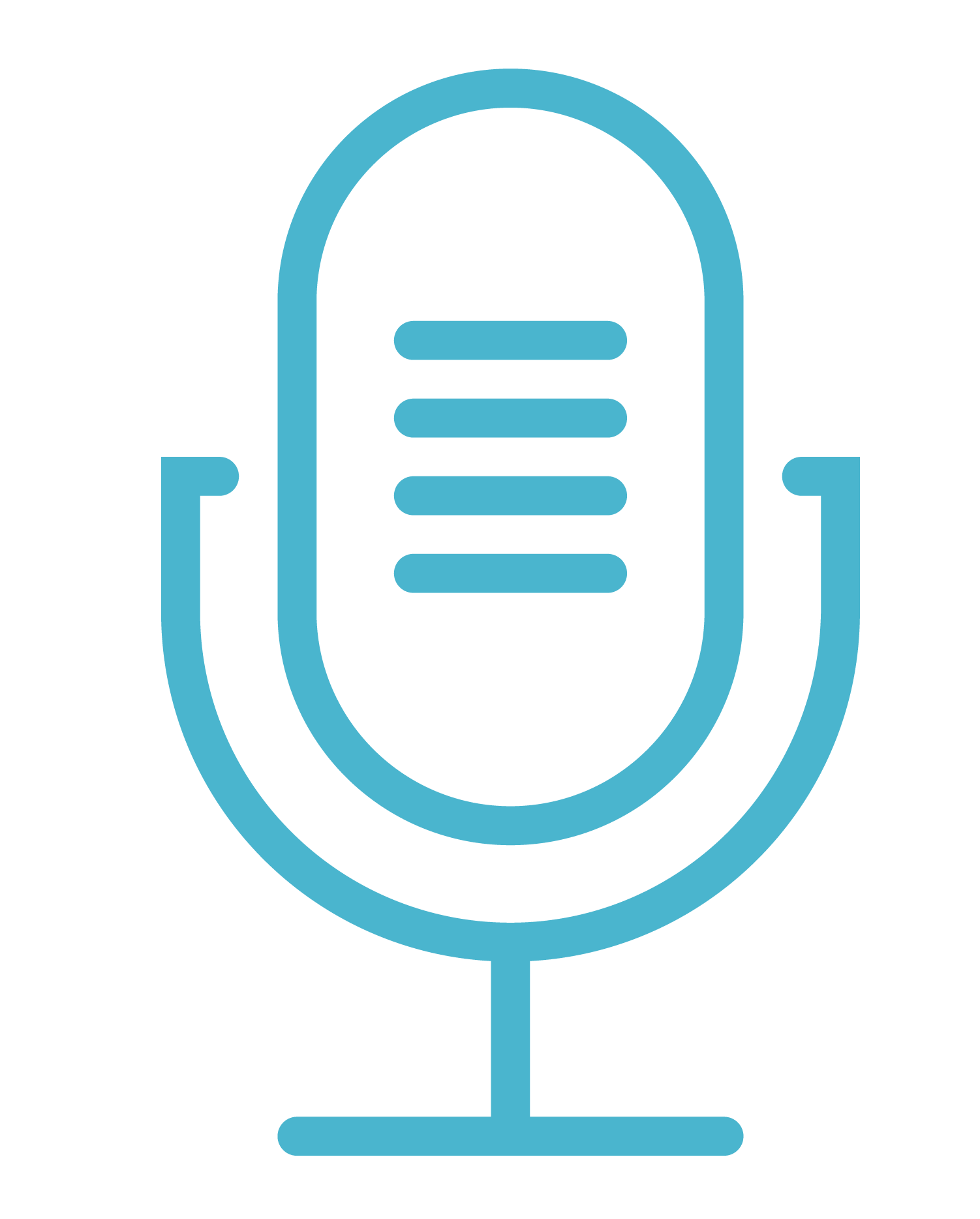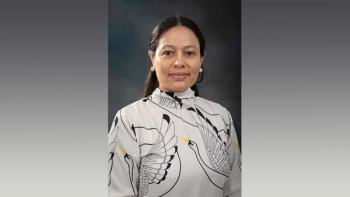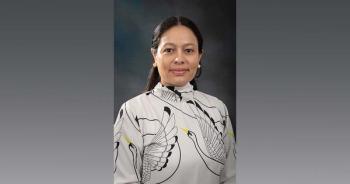
Cannabis Science and Technology
- Trailblazing Women in Analytical Science
- Pages: 9-11
Collaboration, Gender Diversity, and Progress: Julie Kowalski on Advancing Cannabis Science

In this interview with Cannabis Science and Technology, Julie Kowalski, an experienced analytical chemist, discusses her path into the cannabis industry, starting with early work in gas chromatography. Kowalski reflects on her perspectives as a female scientist, highlighting biases she’s experienced and the benefits of gender inclusivity in the cannabis space. Greater unity and professionalism could benefit the industry as a whole, she explains. She also encourages collaboration and more women in leadership positions in order to build a stronger scientific community, and also urges women to advocate for themselves, noting that women in cannabis face unique obstacles but often demonstrate consensus-building strategies and solutions.
Can you tell us about your background in analytical chemistry and how you got involved in the cannabis industry?
Julie Kowalski: I have been doing analytical chemistry for a very long time. I started when I was in college. I went to a really small school and started doing research, probably about 1999, with gas chromatography. Then I went to grad school at Penn State, and then I worked for a technology provider, Restek Corporation, for about 12 years. When I was there, I covered the food and food safety market, so my primary focus was chemical contaminants testing. I spent significant amount of time on developing methods and products for pesticide residue testing. So, I was plugged in to that community.
Then probably about 2010 I was working in a sort of subgroup in the laboratory there, and we were getting requests through communications with customers about testing methods for cannabis, and within the group I worked in we started to play around with some of the different types of testing, like residual solvents and cannabinoid testing. I didn’t do much of that, that was mainly other people in the group, but because I was doing pesticide testing, that was the first project for me.
So, we did a collaboration with Penn State University, because at that time nothing was legal. We didn’t have access to cannabis to do any method development, so we were able to collaborate with Penn State University, and a professor there, Dr. Frank Dorman. I actually interned for [Dr. Dorman] when I was in college, and who was then a professor at Penn State, so it’s a very small world there. Frank was able to get cannabis material that was seized from the university because he has a DEA license.
That was my first experience into testing cannabis. So, we did the work at Penn State looking at how some of the techniques that were used for pesticide testing in food would fare in testing cannabis. It became quickly apparent that it was a very difficult matrix to work in, so that was educational. I knew pesticide testing was always going to be really challenging in cannabis.
What challenges have you faced as a woman in the cannabis industry?
Kowalski: To be honest with you, I’m not sure that I’ve really faced that many recently. I think it’s because of my age, because I’m a little bit on the older side of things. I would say when I was younger – not necessarily in cannabis – but when I was younger, female scientists were just not taken as seriously, I suppose. These things that I sort of recognized early in my career, as I got older, sort of phased out and I learned to phase them out. I learned to do things a little differently as well. For example, when I was younger and I was traveling in networking situations, it was always assumed that I was a salesperson or in marketing. But I was an on-the-bench chemist for over 20 years. Things like that. From a corporate perspective, you have the kind of subtle things that happen. Maybe you’re the only female in a meeting, and you get talked over, or females tend to be the ones sometimes that are asked to take notes, so you see these subtle things. After you get a bit older, you just don’t accept these things and maybe that means you are “aggressive” or “difficult.” I just accepted some people will feel that way despite my efforts to do a good job, collaborate, and build consensus on projects.You also see in organizations that, as you look higher in management levels, you see the percentage of female representation decrease, so the dynamics I faced changed as my career advanced. So just statistically, when I was younger, it just always seemed like it was going to be a little bit harder to advance than if you were not a female.
I became aware of it early, and I had really good male mentors that were supportive, so I was extremely fortunate in that respect. But yes, these are still conversations that I have with some younger females, especially in the cannabis industry. I think the people that are willing to put themselves out there, you have to have a little bit of courage in this industry to go out and say, “Hey, I want to tell you what I’m doing. I want to collaborate. I want to represent my organization” …in short, I want opportunities. When I do talk to other females, often through volunteer groups or organizing symposia or different conferences, we get into these conversations about being taken seriously and commanding respect.
I wonder if maybe there was more openness in the cannabis industry, we wouldn’t have quite as many issues going on.
Kowalski: 100%, right?! I really thought we would have progressed beyond what I was seeing in 2015 or 2016 when I started working directly with labs and doing collaborations. I had anticipated, like any other scientific community, they would have come together, decided on best practices, and it just hasn’t happened for a variety of reasons. I think it’s unfortunate. It makes it very trying as a scientific community, because I don’t know that we have a strong one right now. I’m trying to remain positive, because I thought the needle would have moved by now. I do applaud the people and organizations that are trying to advance cannabis science and host the community. I am involved in a number of volunteer organizations, and you do see some people donating their time and effort to improve the industry. I invite anyone in the cannabis science market to participate in these efforts. You can help.
Is there a lack of gender diversity in the cannabis and analytical science spaces? Is one better than the other?
Kowalski: I even feel like analytical chemistry has gotten a lot better. Even in like the past 20 years, I see fewer meetings and fewer rooms that are highly male dominated. Early in my career, I think that was definitely the case; I feel like there’s been a lot of progress in that since then. In cannabis in general, I still feel like it’s male dominated. I don’t know how to say this without being offensive, but there’s definitely the “cannabro” culture, and I think there’s a lot of effort put into building up reputations and social media and this sort of cannabis celebrity type of thing. I guess maybe with any sort of new industry, there’s people that are going to come in and try to take advantage of that. There’s self-promotion, which isn’t necessarily a bad thing, but I think in some cases in cannabis, it seems over the top. It makes me feel like maybe we’re less serious than we need to be.
So how does gender inclusivity positively impacted the industry?
Kowalski: I do think women, in some ways, are more conscious consensus builders, and can be more collaborative in some cases. I know a lot of the groups that I volunteer for certainly have a lot of female members, but a fair number of them chairs, co-chairs, or leaders of the group are female. Again, I’m thinking of the organizations that I’m involved with, taking on that responsibility and move together in a more collaborative way. So, I think that’s positive.
Earlier you said you experienced some challenges, but have you experienced any outright discrimination?
Kowalski: I would say sometimes, when working with growers or producer processors, I felt like it was more of a challenge for them to take me seriously, because I tend to just stay fairly technical and focused on the problem at hand. The only other time was when I was helping a laboratory with a build out. There was a 100% male construction crew, and even though I was the project lead, they would always go to my male colleague with questions and updates. It was very clear, because my colleague would just come ask me questions and then go back and give them the answers. I actually had to say, “when you have a question, just come directly to me, because it’s not efficient to communicate through my colleague.” I don’t know if that’s a great example, but certainly I had to make it clear that I was the point of contact.
I try very hard to manage things in a very positive way but sometimes you just have to be very clear in your communication and when that’s coming from a female, it’s just interpreted differently. That’s just the case. That’s just reality. That’s the world that we live in. So sometimes when I talk to younger folks or people that are in a difficult position, I say you have to decide how to proceed, you have to be okay with it. If you get to the point where you have to lay out clear expectations and that may not be looked at favorably, you have to be okay with that and make the decision that executing what you need to execute is more important than walking on eggshells.
About the Interviewee
Julie Kowalski is a technical consultant primarily serving the cannabis and hemp testing market. She earned her graduate degree in Analytical Chemistry. Her professional experience includes troubleshooting, method development and validation for GC, GC-MS, LC, and LC-MS/MS in addition to pesticide residue analysis and chromatography method development. She worked at a technology provider for over ten years and recently served as Scientific Director and Chief Scientific Officer for a cannabis testing lab. She has previously served as the President of the North American Chemical Residue Workshop, served on AOAC Expert Review Panels, the Cannabis Scientific Task Force for Washington State, chaired the AOAC CASP Chemical Contaminants Working Group and is currently chairing the AOAC CASP Pesticide Think Tank. In 2024 she served as both the Director of Technical Programming and the Chair for the Analytical Track for the Cannabis Science Conference.
Articles in this issue
Newsletter
Unlock the latest breakthroughs in cannabis science—subscribe now to get expert insights, research, and industry updates delivered to your inbox.




